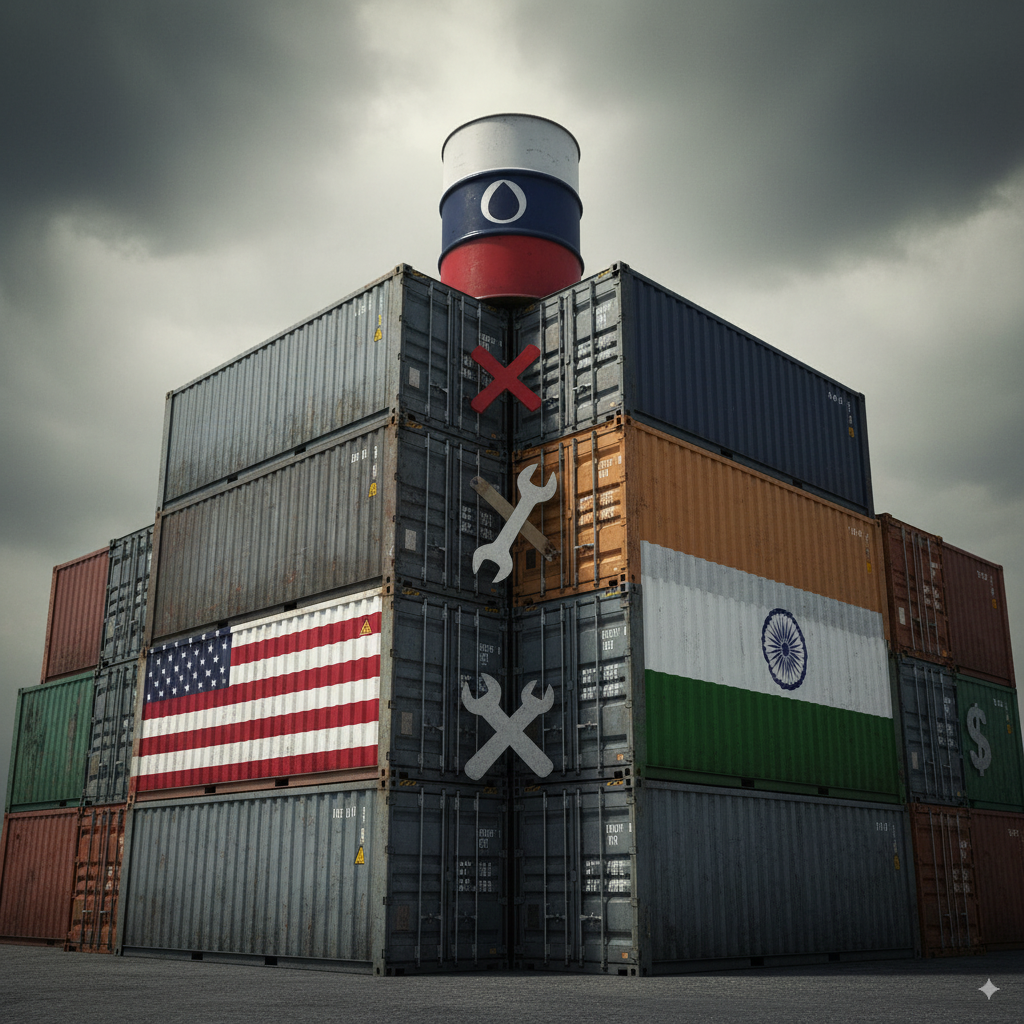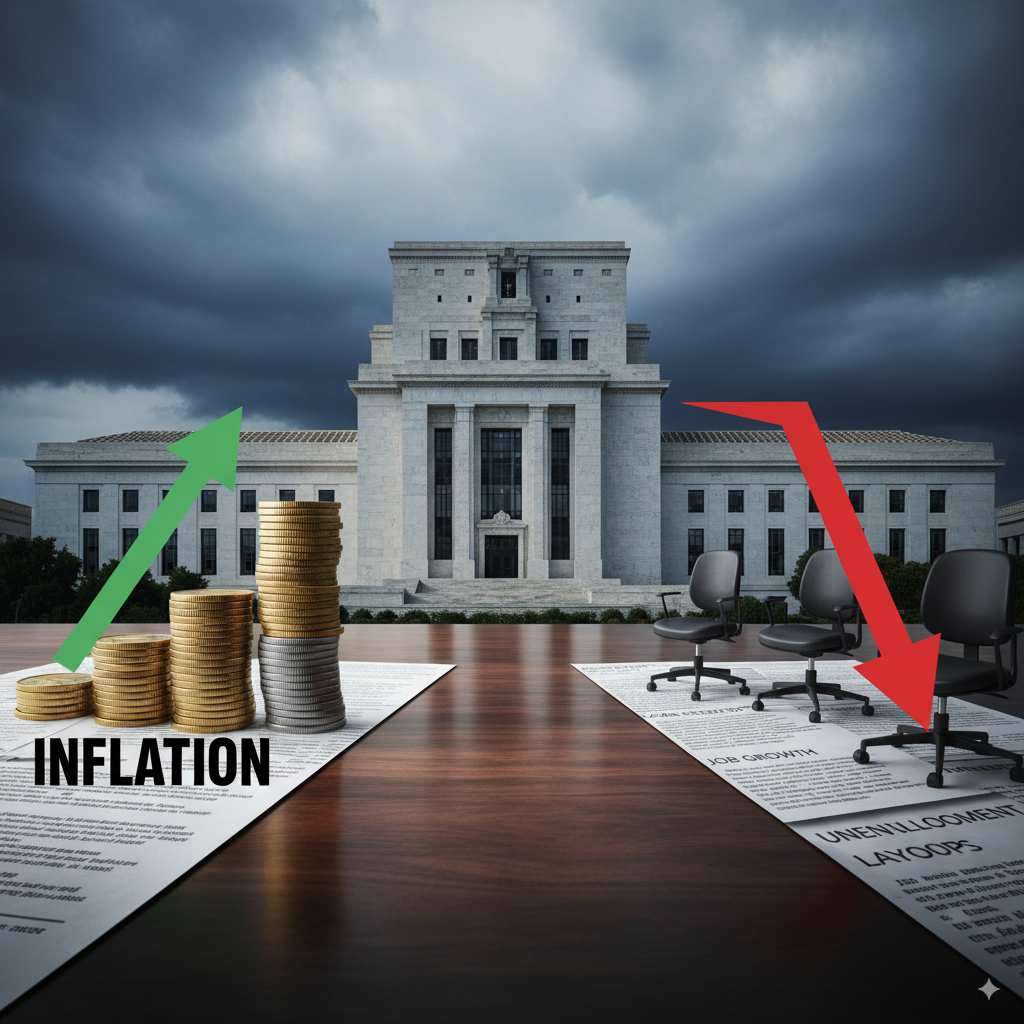Washington / New Delhi, September 15, 2025 — Tensions are rising between Washington and New Delhi after the U.S. announced steep tariffs on Indian exports in response to India’s continued purchases of discounted Russian crude oil. The move has added new strain to the economic relationship between the two countries, even as trade talks are set to begin this week.
Why the U.S. Imposed Tariffs
American officials argue that India’s decision to maintain energy imports from Russia undermines Western sanctions designed to limit Moscow’s ability to fund its war in Ukraine. By continuing to buy Russian oil—often refined and then sold abroad—India has helped stabilize Russia’s revenues despite international restrictions.
The U.S. says tariffs are meant to “level the playing field” and pressure India to align more closely with Western sanctions policy.
Impact on Indian Exports
- Immediate Decline: Key Indian exports, including steel, textiles, and certain manufactured goods, are facing higher duties. Early trade data shows shipments already dropping.
- Shifting Deficit: Analysts note the U.S. trade deficit with India, which widened over the last two years, may begin to narrow sharply if tariffs persist.
- Industry Concerns: Indian exporters warn that small- and medium-sized businesses could be hit hardest, losing price competitiveness in the U.S. market.
India’s Response
Indian officials have defended the country’s right to secure affordable energy supplies, pointing out that Russia has become one of India’s top oil suppliers since 2022. New Delhi insists its energy policy is based on economic necessity, not geopolitics.
At the same time, India has expressed willingness to engage in dialogue. Trade talks are scheduled this week in Washington, where Indian negotiators are expected to push for tariff relief and propose compromises.
Broader Stakes
The dispute is unfolding against a backdrop of deepening U.S.-India ties in technology, defense, and strategic cooperation, particularly as both countries counterbalance China’s influence in Asia. Trade tensions, however, risk complicating that partnership.
Economists warn that if tariffs escalate, both sides could suffer: U.S. companies dependent on Indian supply chains could face higher costs, while Indian exporters may lose access to their second-largest market.
What Comes Next
- Trade Talks: Negotiations in Washington this week will test whether both sides can find common ground.
- Energy Question: A key sticking point remains India’s continued oil imports from Russia. Unless resolved, the issue may resurface in other aspects of U.S.-India relations.
- Global Implications: How Washington and New Delhi manage this friction could set an example for how Western allies handle trade with countries that maintain ties to Russia.
Bottom Line: The tariffs have brought U.S.-India trade relations to a critical juncture. Both countries have much to lose if the standoff drags on, making the upcoming talks a crucial test of diplomacy.




